Artisan Hand Blown Recycled Glassware
Bring a touch of vibrant tradition to your table with our collection of hand-blown Mexican glassware. Made in Tonalá, Jalisco, each piece is crafted by skilled artisans using recycled glass and centuries-old techniques. From colorful tumblers to elegant pitchers and margarita glasses, these one-of-a-kind creations are perfect for entertaining, gifting, or adding warmth and character to your home décor.
Why Choose Pacific Merchants Mexican Artisan Art Glass?
At Pacific Merchants, we take pride in bringing you handcrafted Mexican Artisan Art Glass, a beautiful fusion of history, sustainability, and time-honored craftsmanship. Each piece tells a story of skilled artisans, centuries-old techniques, and a commitment to eco-friendly practices that honor both tradition and the planet.
🌿 Eco-Friendly & Sustainable: A Second Life for Glass
Our glassware is crafted from 100% recycled, lead-free glass, breathing new life into discarded materials that would otherwise end up in landfills. Our artisan hand-blown pieces originate from major brand cola bottles, with up to 80% sourced from the most recognized soft drink brand in the world (guess who that is), giving our tumblers, double old fashion glasses, margarita glasses, martini glasses, shot glasses and champagne flutes a rich, authentic character. The result? A sustainable, high-quality product that reduces waste while preserving Mexico’s artistic heritage.
But it doesn’t stop there—our glassware is fully recyclable and even capable of naturally decomposing over time, ensuring that every piece contributes to a cleaner, greener future. Choosing our artisan glassware means making an environmentally responsible choice without sacrificing beauty or function.
🔥 Handcrafted Excellence and the History: Time-Honored Traditions from Tonalá, Mexico
Hand-blown glassmaking in Tonalá, Jalisco, is a tradition that dates back to the 16th century, when Spanish settlers introduced European glassblowing techniques. But the spirit of handcrafted artistry had already been deeply ingrained in the region—long before European influence, indigenous artisans in Tonalá crafted objects from volcanic rock, obsidian, and clay, shaping the foundations of what would become one of Mexico’s most celebrated artistic legacies.
Today, our glassware continues this rich tradition. Skilled artisans work with molten glass, gathering it onto the end of a hollow pipe and shaping it through a careful balance of breath, gravity, and expert hand movements. These techniques, passed down for generations, require years of training and an artist’s keen eye. The result? Exquisite, hand-blown glass that is both functional and artistic.
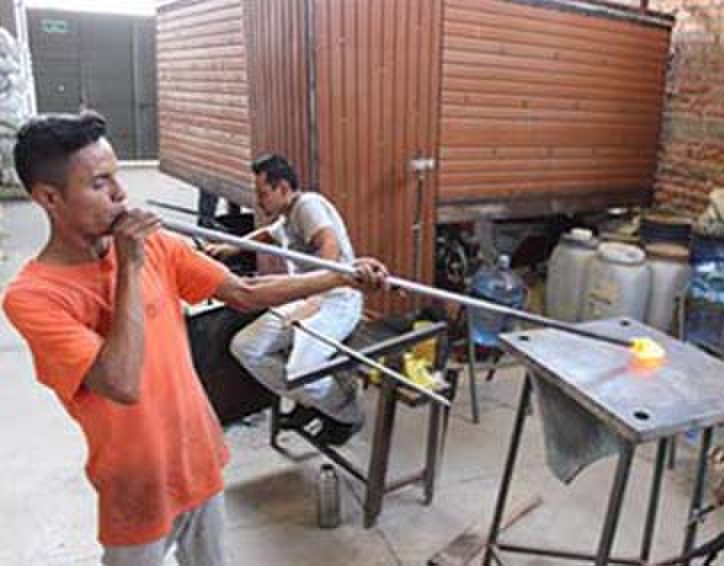
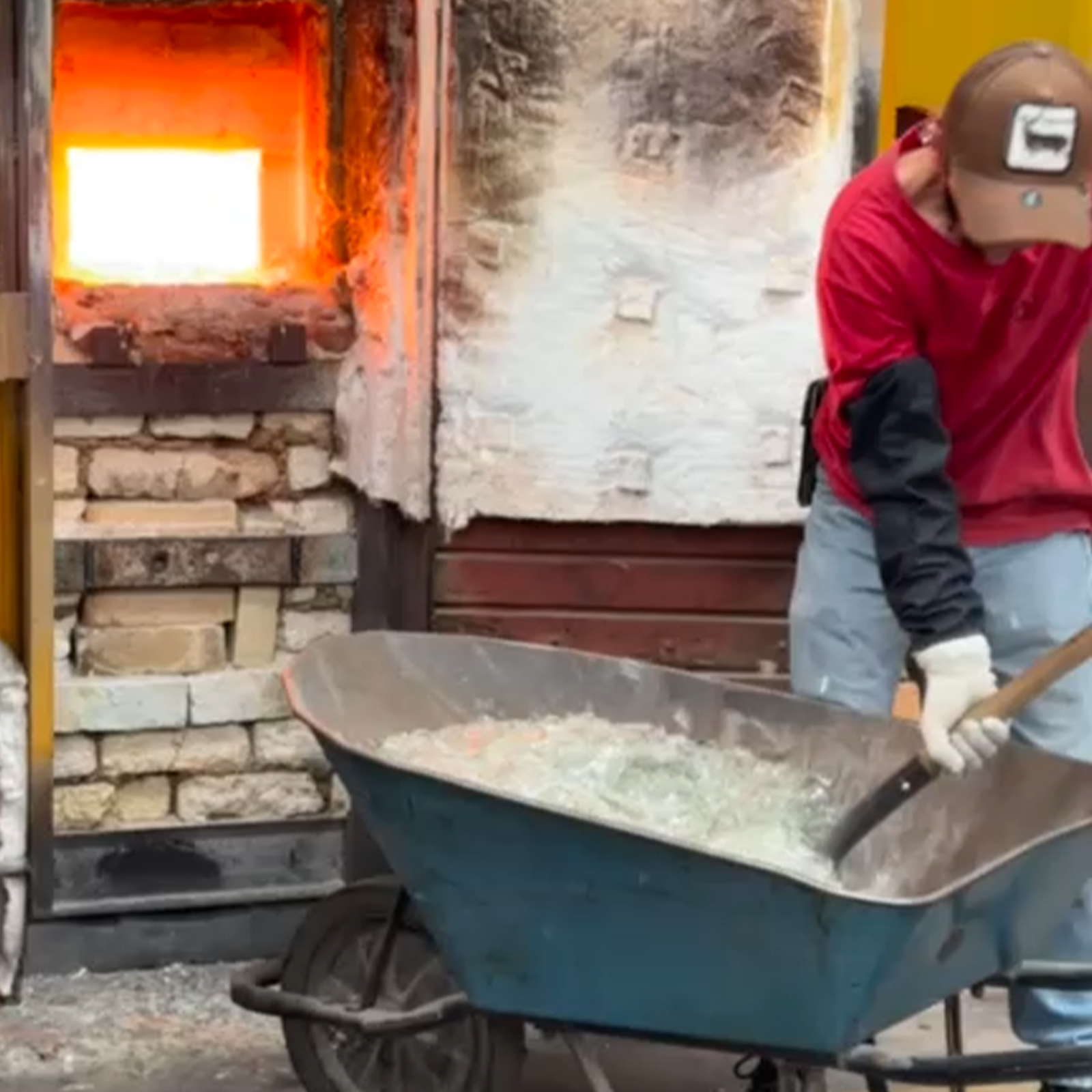
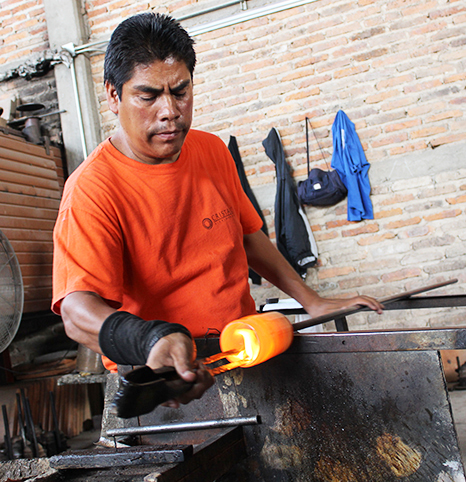
✨ Unique Artisan Appeal: No Two Pieces Are Alike
Each barware and tumbler glass is a one-of-a-kind masterpiece, bearing the marks of true craftsmanship. Expect slight variations in size, shape, and thickness, along with the signature swirls, air bubbles, and organic curves that make hand-blown glass so special. These subtle imperfections are not flaws—they are proof of the artisan’s hand at work, making every piece uniquely yours.
This individuality means that when you set your table with Pacific Merchants Mexican Artisan Art Glass, you’re not just using drinkware—you’re using a piece of history, shaped by skilled hands and inspired by centuries of tradition.
✅ Safe, Durable & Easy to Maintain
Our artisan glassware isn’t just beautiful—it’s made for everyday use.
- Lead-Free & Food-Safe: Completely free of lead and other toxic chemicals, ensuring the highest level of safety for you and your family.
- Top-Rack Dishwasher Safe: Designed for modern convenience, our glassware can be cleaned effortlessly in the dishwasher while maintaining its vibrant beauty.
🌎 A Perfect Pairing for Sustainable Living
Looking to create a cohesive, eco-friendly aesthetic in your home? Our artisan glassware pairs beautifully with Pacific Merchants’ sustainable Acaciaware and Good Woods collections. Whether you're curating a rustic farmhouse table, an elegant dinner setting, or a casual outdoor gathering, these handcrafted pieces bring warmth, charm, and authenticity to any space.
💎 Commitment to Quality & Ethical Craftsmanship
By choosing Pacific Merchants Mexican Artisan Art Glass, you’re making a conscious choice to support traditional artisans and ethical business practices. Many of our glassblowers come from family-run workshops, where the craft has been passed down for generations. Your purchase helps sustain small artisan communities in Tonalá, allowing these skilled craftspeople to continue their work and preserve an art form that has been cherished for centuries.
We are dedicated to offering affordable, high-quality, and environmentally responsible glassware that meets modern demands while staying true to its artisanal roots. Our mission is to celebrate and share the beauty of Mexican hand-blown glass, ensuring that these traditions live on for future generations.
🍹 Elevate Your Entertaining Experience with Functional Art
Hand-blown Mexican glassware is more than just drinkware—it’s functional art that transforms everyday moments into something special. Whether you’re sipping a margarita from a vibrantly colored goblet, serving cocktails in a beautifully textured tumbler, or pouring water from an elegant hand-blown pitcher, you’re experiencing the magic of an age-old tradition.
✨ Choose history, choose sustainability, choose handcrafted beauty. ✨
With Pacific Merchants Mexican Artisan Art Glass, you’re not just buying glassware—you’re investing in a story, a tradition, and a piece of Mexico’s vibrant artistic heritage. Cheers to craftsmanship, culture, and conscious living! 🥂
Recycled Hand-Blown Mexican Glassware: Eco-friendly Artistry
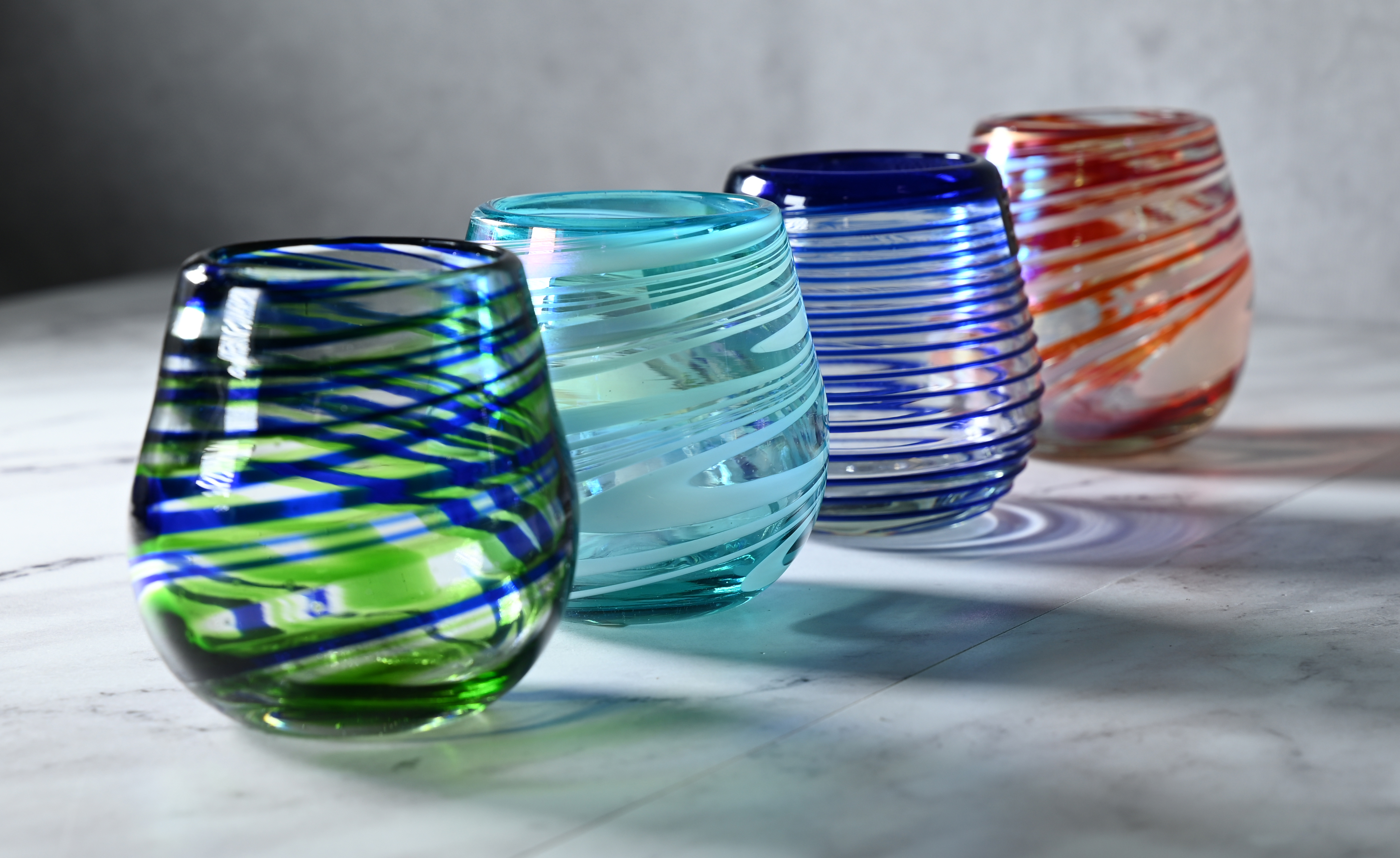
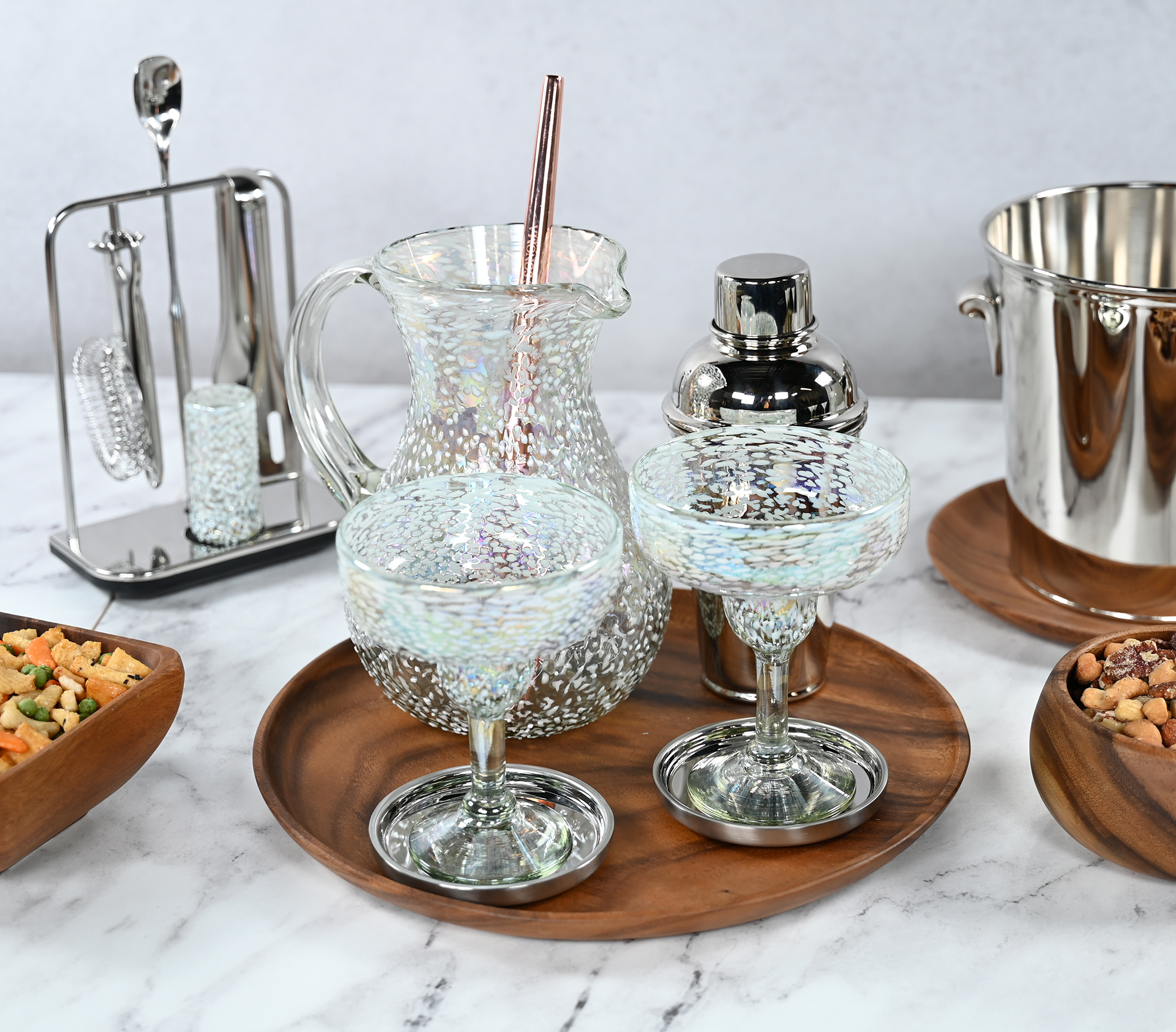
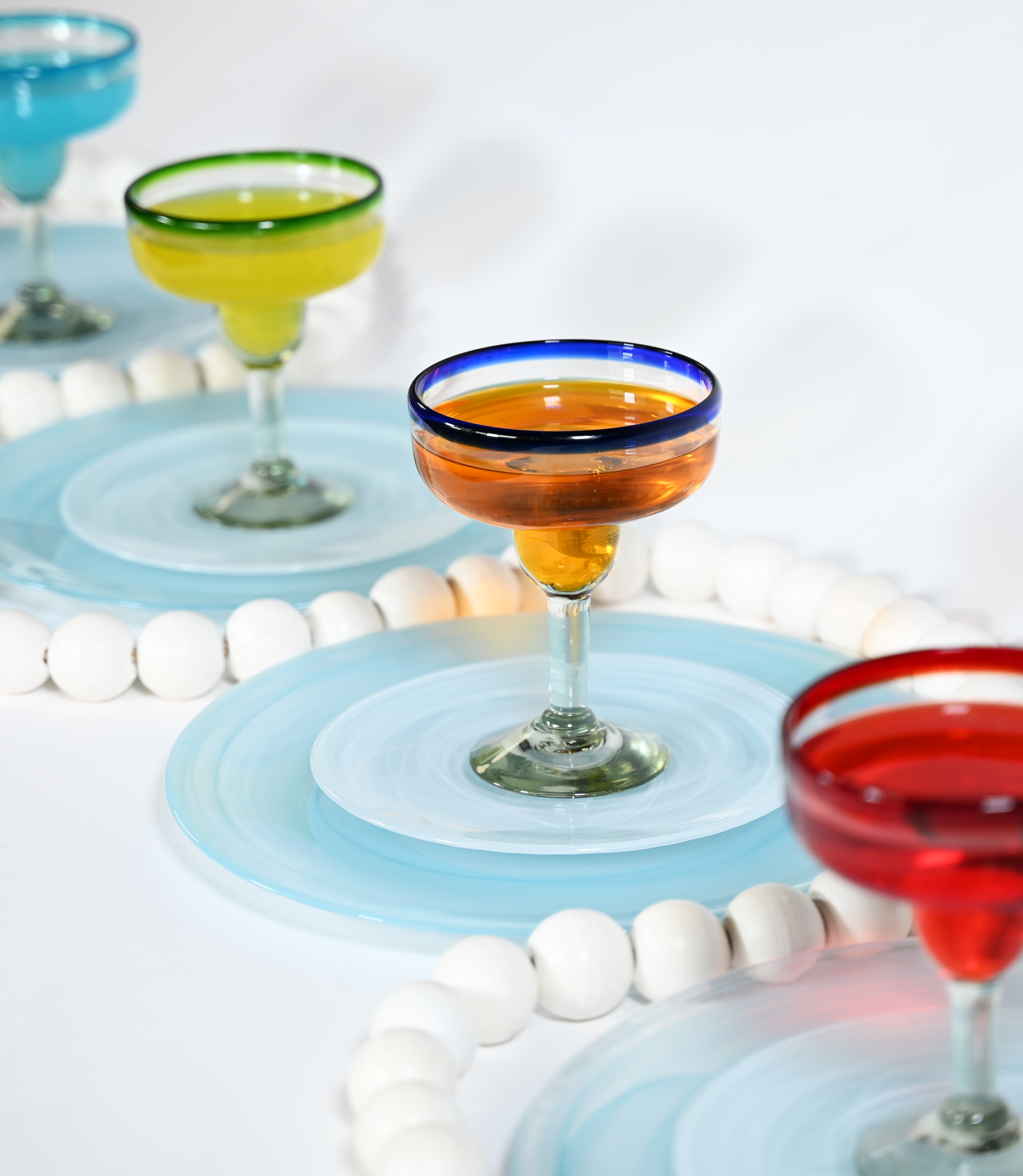
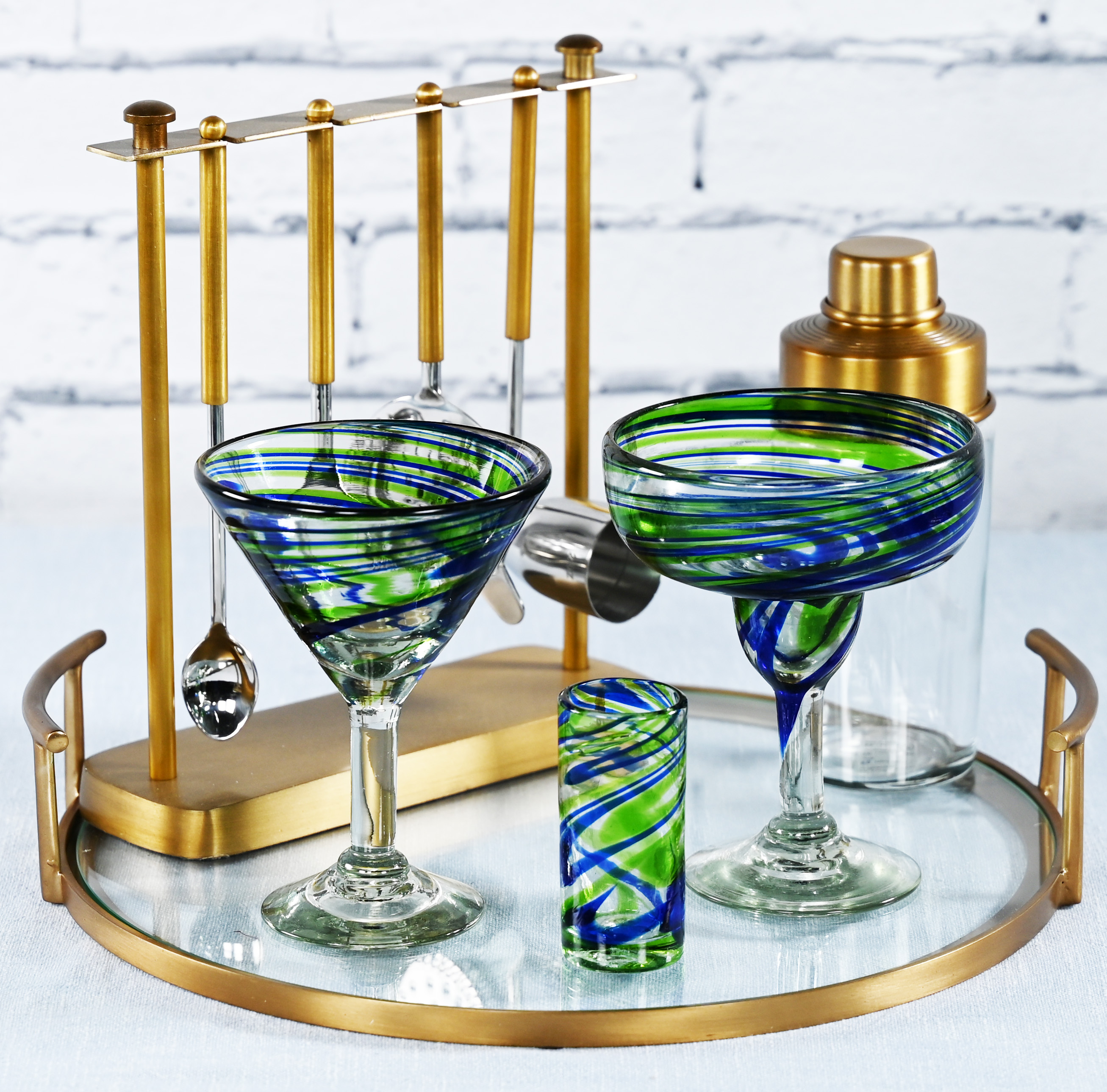
Explore our range of 'Recycled Hand-Blown Mexican Glassware,' a unique reflection of exemplary craftsmanship and sustainable practices from the heart of Mexico.
This collection is created from recycled materials in keeping with our commitment to protect the environment. Artisans meticulously transform recycled glass to handcraft each item, from beverages like stemless wine glassess, pitchers, tumblers, double old-fashioned glasses, shot glasses, martini glasses, and margarita glasses.
What sets this recycled Mexican Glassware apart is the combination of tradition and innovation. Each item is hand-blown by skilled Mexican artisans who inject their cultural heritage and distinctive style into every creation. The result? Beautiful, eco-friendly glassware that adds an enchanting touch to your table while contributing to a sustainable planet.
Dive into our 'Recycled Hand-Blown Mexican Glassware' category and experience the blend of cultural richness, artisan skill, and environmental responsibility.
Our 100% recycled glassware is hand-made in Mexico using traditional blown glass techniques. Artisans blow through a metal pipe while twirling it with one hand. The craftsman simultaneously shape the molten glass at the other end while expertly achieving a pattern.
Because each piece is handmade, shape and size can vary slightly and tiny bubbles may appear within the glass. This exemplifies the hand-blown technique, making every piece a unique example of blown glass craftsmanship.
Our glass sources improve lives and uplift communities through the creation of incredible art in the form of glassware and tealights. We join them to impact the world by purchasing handmade products directly from global artisans. We curate different glass colors, shapes and sizes so to create and interesting assortment of glassware.
We sell sustainable products. As part of our commitment to true sustainability, we support the local communities and bring together local artisans, retail stores and the consumer directly.











